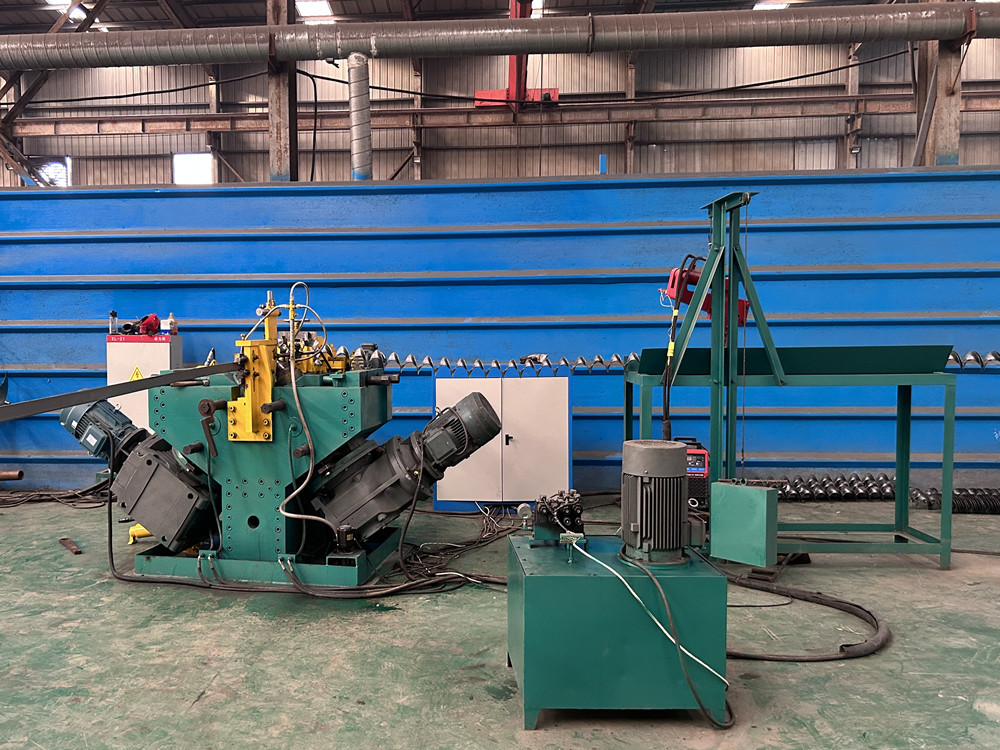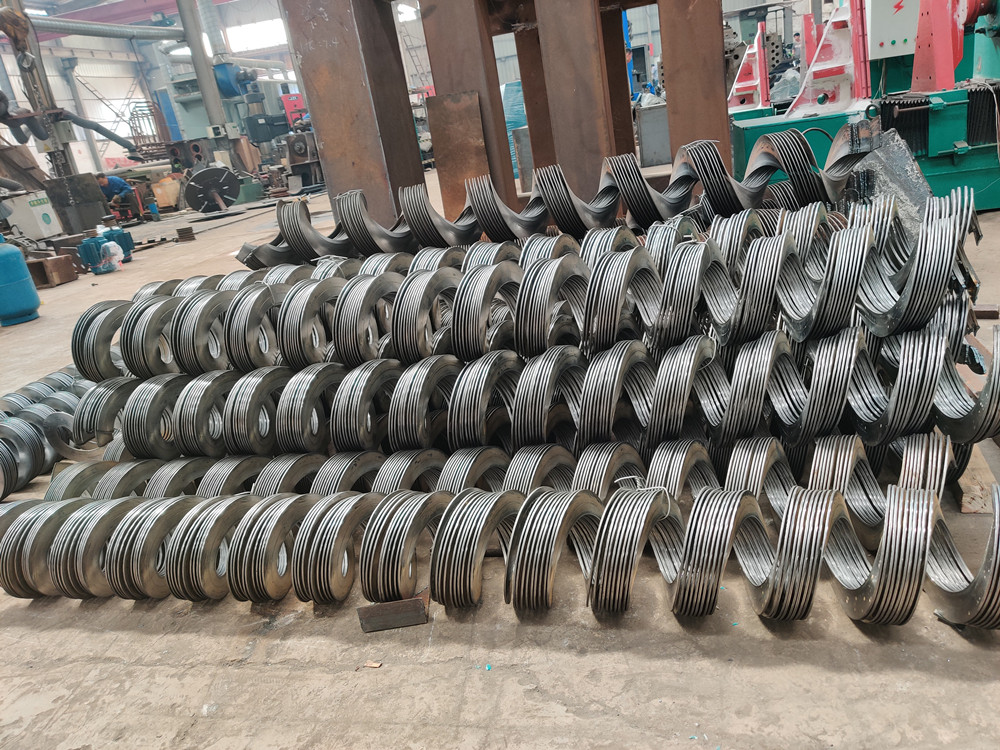HOT SALE
- Hydraulic Screw Blade Machine
- Screw Blade Machine
- Screw Plate Machine
- Spiral Blade Machine
- Continuous Spiral Flighting Machine
- Screw Flighting Cold Rolling Mill
- Helical Screw Flighting Machine
- Spiral Flighting Machine
- Big Inner Diameter 30inch Screw Blade
- Oil Hydraulic Pump
- Sectional Screw Blade Machine
- Section Flighting Machine
- Sectional Screw Machinery
- Auger Blade Machine
NEWS
How to produce continuous spiral blades?
Continuous spiral blade are widely used. They are several types spiral blades and are used in many industries. They are widely used in mining, breeding, environmental protestion, agriculture and other fields. Continuous spiral blades are mainly used in screw conveyors. Compared with traditional auger blades, continuous spiral blades have great advantages, one is appearance, the second is practicality, and the third is processing.
First of all, let's summarize the spiral blades from the appearance. Continuous spiral blades are produced by spiral blade cold rolling mills. The raw material is low-carbon steel strips. After rolling by the rolling mill, they naturally form a spiral shape. The outer diameter, inner hole, pitch and other dimensions are consistent, the appearance is beautiful, there are no scratches or burrs, and the finished spiral blades are inserted into the pipe. After simple spot welding, they can be used.
Secondly, it is the output of continuous spiral blades. Continuous spiral blades are rolled by spiral blade cold rolling mills. Since the raw materials is a whole plate of strip steel, after the steel strip enters the equipment, spiral blades can be continuously rolled out. Compared with sectional spiral blades, continuous spral blades have a high output. For the same specifications, dozens or even hundreds of meters of finished products can be produced in one hour, while sectional spiral blades processed by traditional methods can only process more than a dozen pieces in the same time. In terms of output, the processing time is saved several times.
Finally, let's talk about the processing technology. The traditional blade manufacturing method uses steel plates for cutting, and then stretching or extruding. After cutting, the excess steel plate edges become waste. For continuous spiral blades, the raw materials are steel strips, which are directly turned into spiral blades after they come out, and no cutting is required, so there is no waste.
According to the above comparisons, continuous spiral blades have huge advantages in all aspects, replacing traditional processing technology and making the spiral process more refined.






